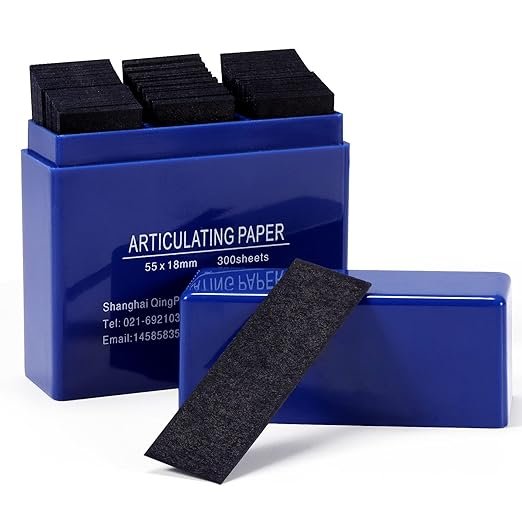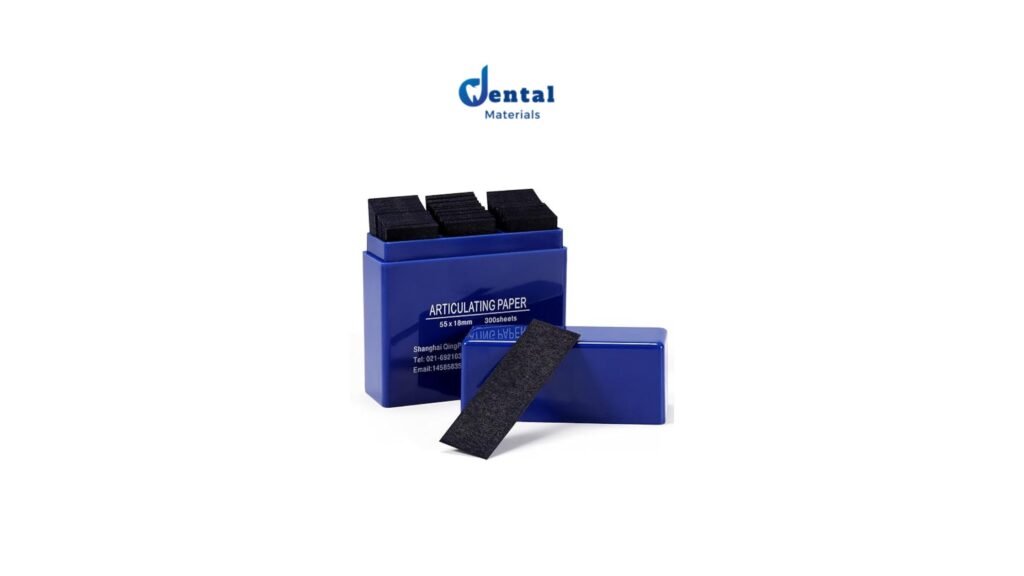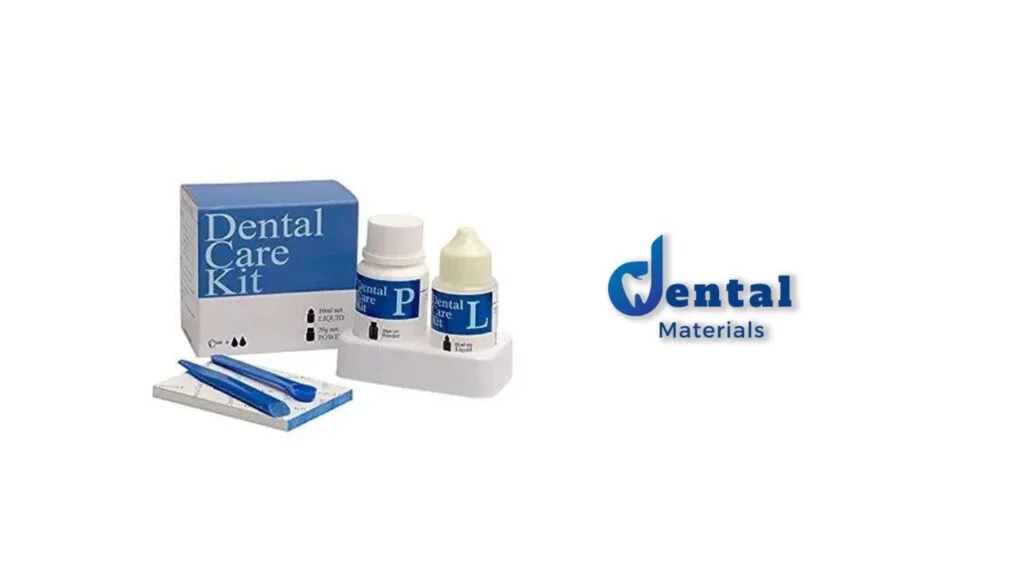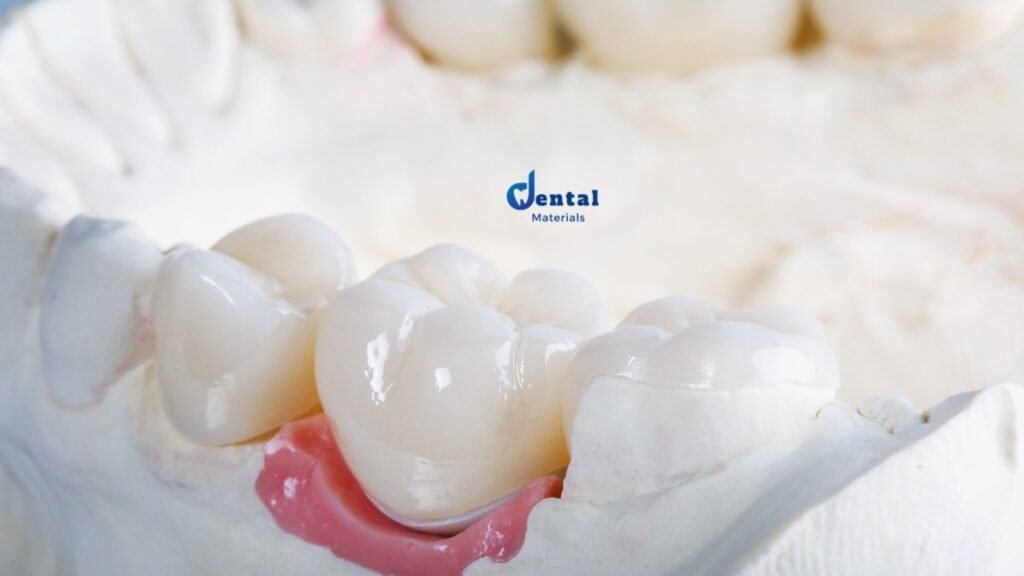Articulating paper, which is commonly used in dentistry to check and adjust a patient’s bite or occlusion, is typically available in various colors. The most common colors for articulating paper include:
1- Blue: Blue articulating paper is a commonly used color. It contrasts well with natural tooth color and is easily visible, allowing dental professionals to quickly identify high spots or points of contact between the upper and lower teeth.
2- Red: Red articulating paper is another frequently used color. Like blue, it provides good contrast and visibility against tooth surfaces, aiding in the identification of occlusal discrepancies.

3- Black: Black articulating paper is less common but is sometimes used. It provides a strong contrast and can be helpful in highlighting specific points of contact during occlusal analysis.

4- Green: Green articulating paper is less commonly used but may also be available. It offers an alternative color option for identifying contact points in the bite.
The choice of color may vary based on the preferences of the dentist and it doesn’t really make a difference as long as the dentist knows the specific jaw movement that he’s recording.
Why some articulating papers come with two colors?
To understand why some articulating papers come with two colors, we need to understand first that it is important to assess occlusal contacts on both centric (when biting on teeth) and eccentric positions (when grinding teeth together to the left, right).
So, these bi-colored articulating papers come in two different colors so that they make the dentist’s life easier by using one of the colors to register the centric contacts and the other one to the eccentric contacts.
What is the difference between thin and thick articulating paper?
The primary difference between thin and thick articulating paper lies in their thickness or thickness variation. Both types of articulating paper serve the same fundamental purpose, which is to mark points of contact between the upper and lower teeth during occlusal analysis. However, the thickness of the paper can affect the information obtained during this process.
Thin Articulating Papers (12, 20, 40 Microns):
- Sensitivity: Thin articulating paper is more sensitive to lighter forces and can mark very slight points of contact between teeth. This makes it suitable for detecting early or subtle interferences in the bite.
- Precision: Because of its thinness, it provides a more detailed and precise indication of occlusal contacts.
Thick Articulating Paper (80, 100, 200 Microns):
- Application: Thick articulating paper is often used when a broader view of the overall occlusion is needed, and the goal is to identify heavy or significant points of contact.
- Durability: The thicker nature of this paper makes it more durable and less likely to tear during use.
Ultimately, the choice between thin and thick articulating paper depends on the clinical situation, and the goals of the occlusal analysis during dental procedures.
However, one study suggested that the use of thin articulating papers (12-μm or 40-μm) can avoid unnecessary grinding of veneering material or teeth during occlusal adjustment.




